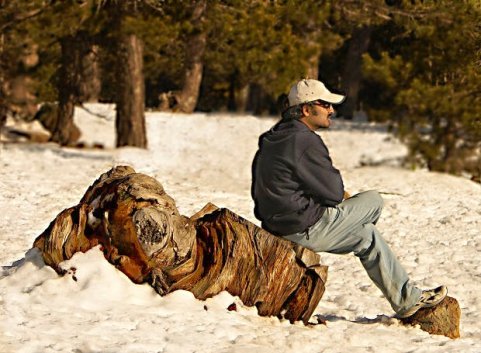Empathy?!
If touchy-feely stuff really turns you off, relax, that’s not what I’m going to be talking about here. I’ll be talking about a way of viewing systems that opens useful perspectives for assessing and designing them.
The type of empathy we will be looking at is cognitive empathy. Normally, cognitive empathy is assessing the thoughts and feelings of others – getting into their heads, as it were. In applying it to permaculture design, I am using the term cognitive empathy to mean understanding a system’s situation and needs.
For example, when I designed my house, there were a lot of appealing design elements and approaches that I really loved. Would I have tried to fit them all in my blueprint, I would have made a disaster. To make the house functional and pleasant to be in, I had to ‘get into the head’ of the house I was planning. What would the house require given the physical and legal restrictions of location I was to build on? How many of my desires could it accommodate before it started to perform badly? What would the environment throw at it in the future, and how could I design for that?
Use in Design
Empathy is a useful design tool. I’d go so far as to say it is essential for good design. It allows us to design systems that will be more in harmony with natural processes, making them perform better with fewer external inputs.
The water-harvesting designs I have done, for instance, have greatly benefitted from observation of the land in an effort to figure out what the land needs, how it currently behaves, and how water behaves on it. Allowing space for each of these facets allows me to see what I otherwise would have overlooked.
How-to
Get a feel for your site. A great way to do this is through passive observation using mindful walking. Mindful walking is a technique of clearing the mind of thought. The approach is quite simple. Walk slowly. For each step forward with your left foot, breathe in and focus on your breath. With each step forward with your right foot, breathe out and focus on your breath. Keep alert with your head up, looking around, but don’t think. Don’t grasp at ideas or think thoughts like “What am I seeing about water availability?” You are walking the land without an agenda. Let the observations come to you. Don’t force them out. When they do come, note them in your mind, but let them pass. Don’t fixate on them.
After you do that, write down any insights you gained about the site. Next, walk the land applying thought and questioning. Actively observe. Take notes. Think. Think like the land. Think like water. Think like the system you are going to put in place. What is it like for you on a regular day? What is it for you on an extreme day? What is going to happen to you over time?
This approach of ‘getting into the head’ of the system you are trying to design will always help you in designing better systems.

Leave a Reply